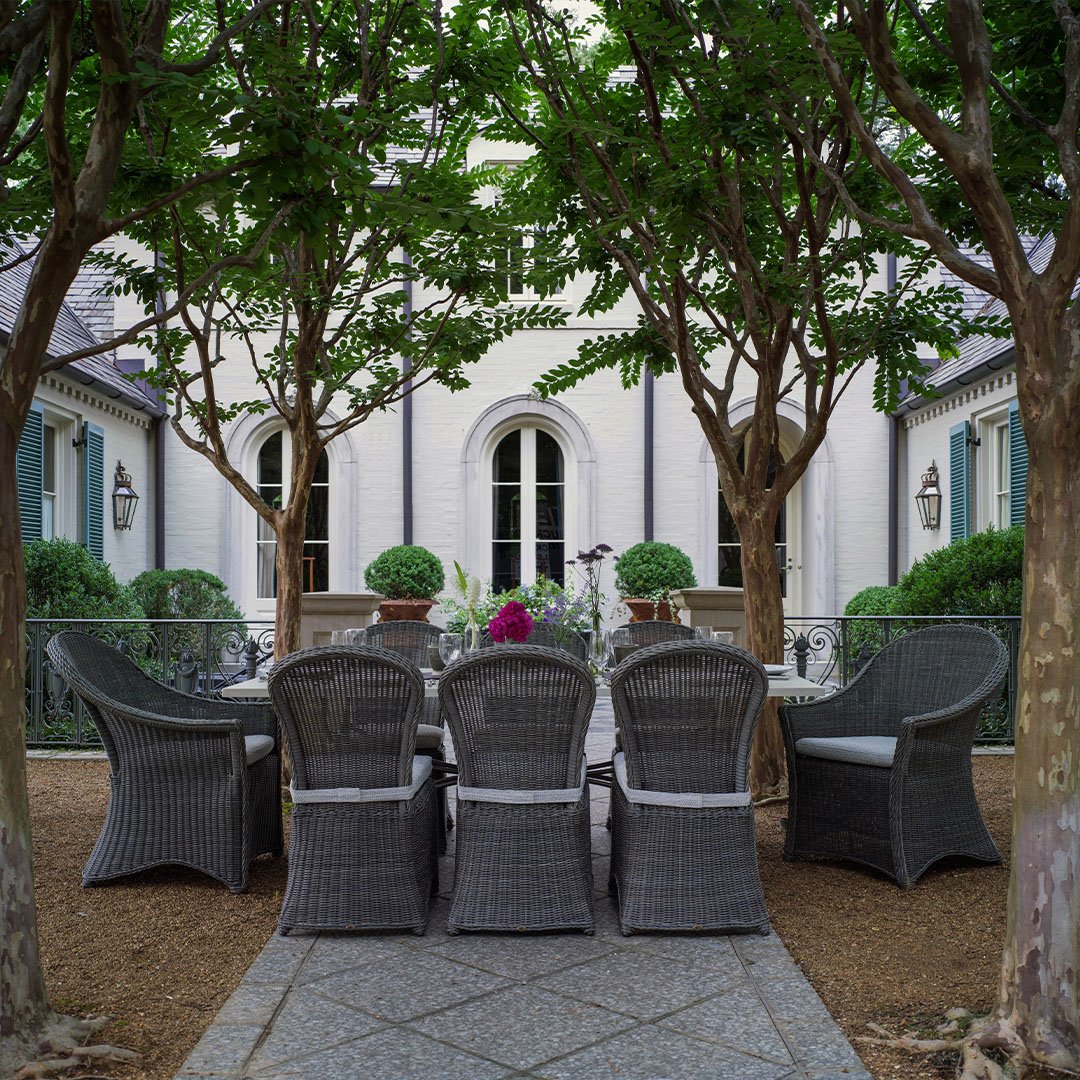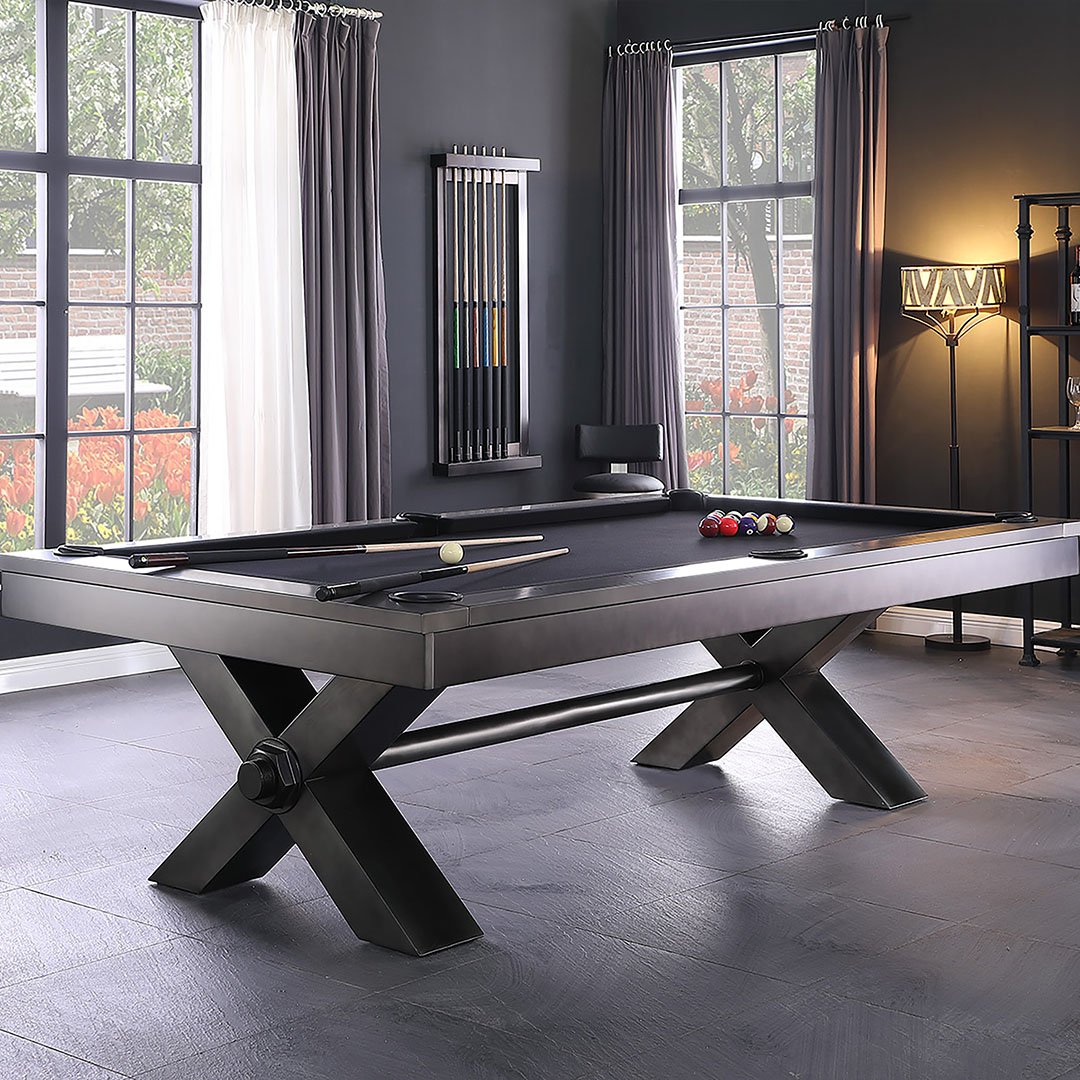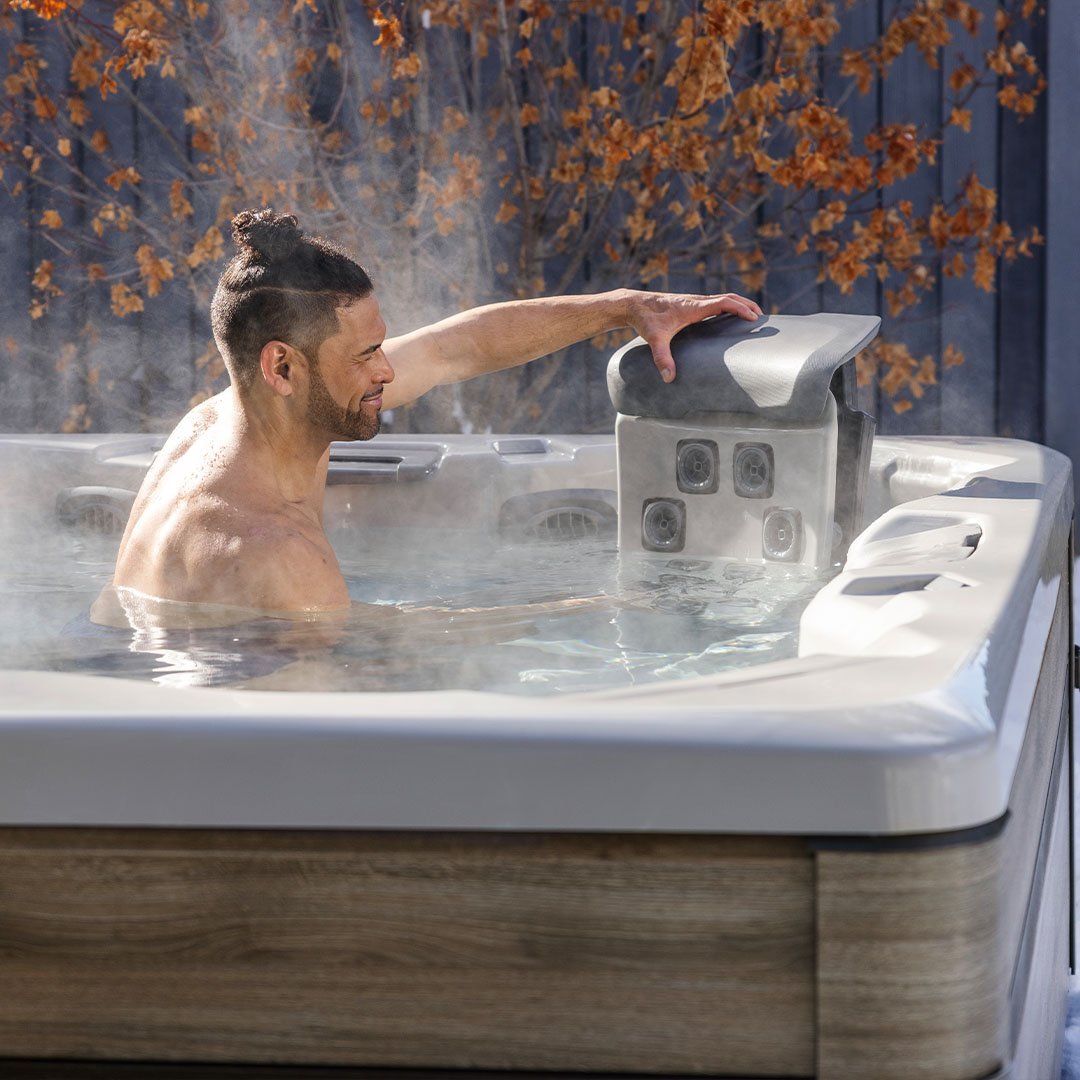The Ultimate Guide to Pool Table Durability: Choosing the Right Materials
Pool tables are made from a variety of materials carefully chosen for durability, playability, and appearance. With the right materials and proper care, your pool table can last for generations. But what exactly are the materials used to make pool tables? Let's explore pool table materials and how you can make the best choice for your rec room.
How Pool Tables Are Made
The crafting of a quality pool table starts with a selection of specialized materials. First, an internal wooden framework forms the base. The sturdy woven framework of rails, aprons, and legs must be perfectly square and level to support the heavy playing surface.
The playing surface itself begins as raw slate cut into sections based on accurate dimensions for standard pool tables. These slate pieces are precision ground and polished to create a flawless flat surface. Levelers on the cabinet allow for fine-tuning the slate sections into a seamless playing area.
Once leveled, the slate is covered with tightly fitted felt which is stapled into place. The consistency of the felt weave and nap are essential for a controlled ball roll. The rails surrounding the playing surface are padded with rubber cushions, which allow for consistent ball rebound when installed properly.
Pockets with leather facings are inserted into the slate cutting with meticulous shape and angle. Finally, wood veneers, lacquer, and decorative touches are applied to create the sleek finished pool table exterior to house the refined interior playing mechanism. Every element, from slate to felt to rails, is carefully engineered and then hand-assembled with care by master pool table builders.
Now that we know how pool tables are made let's take a closer look at each of the materials that make a pool table.
Wood Frames
The wooden frame is the backbone of any pool table. Made from thick, dense hardwoods, the frame needs to support thousands of pounds to provide a stable base and resist damage over time. The most common woods used are maple and oak because of their strength and attractive grain patterns. Exotic woods may also be found on high-end custom pool tables.
The legs, in particular, need to be especially sturdy. Pool table legs are usually built using solid wood blocks or a lamination technique to provide the most stability. Having high-quality joinery is also crucial for a firm and steady frame. As for the cabinetry and external trim, veneers can be used over wood materials without threatening the structural integrity of the pool table. However, the biggest factor that influences the lifespan of a pool table is a properly engineered internal wood framework.
Wood Materials Commonly Used in Pool Tables
You can find a few standard wood materials when searching for your new pool table, along with a few specialty types:
- Maple: Hard maple is highly valued for pool table construction due to its excellent strength-to-weight ratio compared to exotic woods. The hardness and density of maple make it well-suited for structural frames.
- Oak: Red oak and white oak are traditional woods used in pool table building. Oak is known for its density, stability, and beautiful flowing grain. The durability and damage resistance of oak make it a favorite wood for pool table legs and frameworks.
- Walnut: A dark brown wood with lighter streaks, walnut has a soft to medium hardness and heavy weight. Its combination of color and grain results in a stunning, dark sheen finish.
- Exotic Woods: Unique and expensive exotic woods are frequently used for decorative accents and inlays on high-end custom pool tables. Some examples include rosewood and mahogany.
Slate
Slate has been the preferred material for pool table surfaces for over a century. This unique metamorphic rock delivers a perfectly flat and responsive playing area that lasts for decades. Slate is dense, rigid, and resistant to compression, helping it to withstand a lifetime of play with minimal warping or irregularities.
Pool table slate is cut into sections or "slabs" to make up the playing surface. Just like there are various sizes available for pool tables, there are also various thicknesses for slate. Slate thickness generally ranges from 3/4" on home tables to 1" or more on high-end professional models. Higher-grade slabs are more smooth and consistent in texture for the superior ball roll that pro players need.
With proper installation and maintenance, a quality slate pool table surface can realistically last 75-100 years or more. Refelting and cushion replacement may be needed for the playing surface, but the slate itself will endure almost indefinitely. This longevity makes slate the gold standard for long-term pool table materials.
Felt Cloth
While the slate underneath provides the platform, the specially woven felt cloth on top of the pool table is the playing canvas. Usually made from a blend of wool and nylon, pool table felt consists of a pile that allows the balls to roll smoothly and grip the surface. Tightly woven backings resist stretching and maintain tension across the slate.
The felt pile must have precisely the right height, density, and directionality to enable controlled ball roll and spin. Major brands use customized proprietary blends and weaving techniques to give players the best experience. High-end billiard table cloth may contain finer wool fibers with less fuzzing for increased speed and accuracy.
With heavy use, pool table felt will eventually show signs of wear and require replacement. The lifespan generally ranges from 3-7 years for residential tables to 1-3 years for commercial tables. Though not as durable as the slate platform, a quality felt playing surface is indispensable for smooth and dynamic ball play. Although it will need to be replaced sooner or later, proper brushing and cleaning can maximize the life of the cloth.
Common Materials Used in Pool Table Cloth
When selecting a pool tablecloth, players will come across a few common materials used in the cloth's construction:
- Wool: Wool is considered the gold standard for high-quality pool tablecloths. It offers great durability and responsiveness and plays well over years of use. Many tournament-grade cloths feature wool content blended with other fibers.
- Nylon: Nylon is sometimes blended with wool to create a tightly woven cloth. It adds durability and structure to the fabric. 100% nylon cloths are less common but cheaper alternatives to woolen cloths. However, they lack the fine touch of wool.
- Polyester: Polyester is the most common fiber used in synthetic pool tablecloths. Polyester cloth is inexpensive but lacks the consistency and finesse of woolen fabrics. They require more frequent replacement.

Supporting Hardware - Rails, Pockets, and Cushions
The rails, pockets, and rubber cushions might not seem as important as structural materials like slate and wood, but they make a big impact on your playing experience.
The rails around the table get punished with hard shots during play, so they're made from tough metals like aluminum alloy. The special coatings ensure they bounce balls back accurately for years without damaging the pool table itself. Rubber bumpers along the rails also help soften the blow.
The pockets of a pool table have to catch and direct hundreds of balls smoothly every game. Quality leather or plastic materials are used to prevent stretching or tearing of the pockets. The cushions attached to the rails have a vital job, too. These rubber pieces compress when balls slam into them, then push back to rebound the balls consistently for ideal play. They'll need replacing now and then, but high-end rubber will stand up for years against even the most ferocious pool sharks.
Pool & Billiards Tables from Watson's
If you’re interested in finding a new pool table, Watson’s has everything you need.
When you shop with us, you’ll find an amazing selection and personalized service, along with the guaranteed lowest prices in the USA. We have a wide variety of pool tables, air hockey tables, arcade cabinets, and more to make your rec room complete. Create the ultimate rec room with us. Shop online or stop by your nearest Watson’s location today to check out our premium pool products.
While pool table requires specific maintenance, it is worth noting that other game room equipment also needs regular care. For instance, if you have shuffleboard table, you might want to learn about Shuffleboard Maintenance to ensure all your game room equipment stays in top condition.
FAQs
What is the most durable material for pool tables?
Slate is widely considered the most durable and long-lasting pool table playing surface. Natural slate withstands decades of play with minimal wear when properly installed and cared for.
How long should a good pool table last?
A high-quality residential pool table made with the best materials can realistically last 50 years or more when well-maintained. Commercial tables see slightly shorter but still impressive life spans of 25-40 years.
What needs to be replaced on a pool table over time?
The felt cloth cover and rubber cushions/bumpers will need periodic replacement every few years or when worn. Other elements like slate and wood can last the lifetime of the table when properly cared for.










